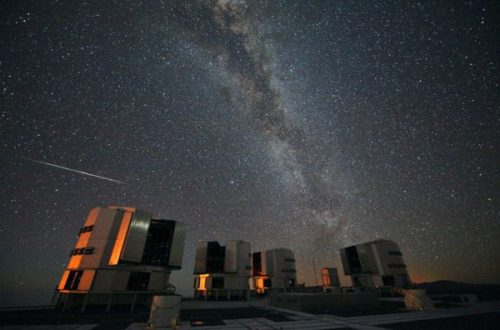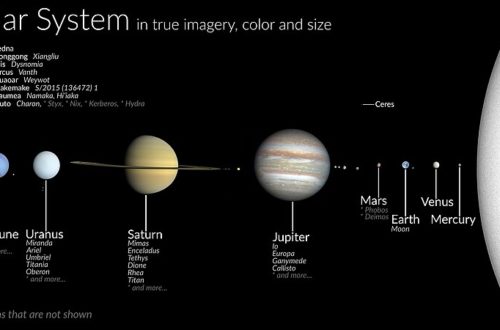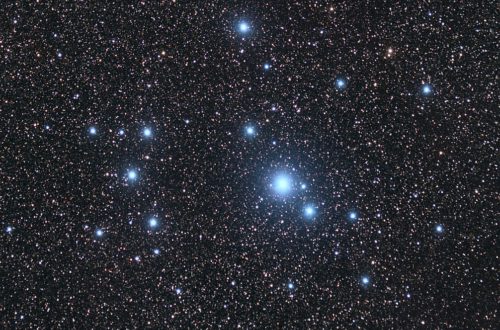The ESA Just Released the Most Comprehensive Image of the Milky Way

On a clear night, we can look up at the night sky and see our galaxy – The Milky Way – spinning away in the blackness. Even with the naked eye, it’s a magnificent sight to behold, but we can’t hope to pick out individual stars and planets at that distance. The European Space Agency, and the Gaia Spacecraft team have just released the largest and most comprehensive image of our home galaxy ever. Let’s take a look at the sheer amount of information contained in this image, the different ways that you can enjoy it, and what astrometry are hoping to find in this massive stellar picture.
Would you like to be notified of stargazing events?
Gaia Imagery
The Gaia spacecraft was launched back in 2013 and sits in a geostationary orbit that places it on the side of the earth that is opposite the sun at all times, allowing it to observe the universe. The craft’s 5-year mission was set to end in 2018, but it has been extended through 2019 and another extension through 2020 is already in the works.
The Gaia spacecraft team has an ambitious goal – to create a 3-dimensional map of the galaxy that we call home. This isn’t just for space aesthetics – though the images are stunningly beautiful. The imagery that Gaia is producing allows astronomers to learn more about how our galaxy was formed and gives them the opportunity to study both the composition and the evolution of the Milky Way.
The image of our galaxy that Gaia just released contains more than 1.7 billion stars. They were also able to spot 75 globular clusters – clumps of stars that don’t belong to any galaxy – that orbit our galaxy as well as 12 dwarf galaxies that exist just outside the borders of our own. And that is just the beginning – scientists and astronomers haven’t even begun to start analyzing the data contained within this image.
How to See the Image
How can you see this galaxy-spanning image?
From your computer, for starters. The image is hosted on the ESA website – don’t worry if it takes a few minutes to load, it is an enormous file. In fact, we typed this entire paragraph and the whole image still hadn’t loaded on our computer.
Once the image is loaded, make sure you zoom in. The image makes look grainy when you zoom in, but those aren’t pixels that you’re seeing – they’re stars. Yes, all those specks are stars.
The image has also been converted into a 360 picture that can be explored with a mobile device, and a VR program that will allow you to walk through the galaxy using an HTC Vive or other VR headset.
The Future of Astronomy
It will take years for scientists all over the globe to sort through the data provided by the Gaia program. What we’re seeing is just the beginning of what will likely be an avalanche of scientific discoveries that change the way that we look at our solar system, our galaxy and the universe that we call home.
This is an amazing resource, one the likes of which we’ve never seen before. Even in the 24 hours since its release, scientists have started to make discoveries. Images of the spiral arms of our galaxy have emerged, thanks to an astronomer named Ronald Drimmel, who works at the Turin Astrophysical Observatory.
The sheer amount of data in this release is staggering, beyond just the image itself. In addition to the stars that we can see on the image, it has the motion and color ratings for 1.3 billion stars and their positions relative to our home Sun. The spacecraft has also classified more than 14,000 solar objects – things that are within our own solar system – including a large number of asteroids.
We can’t wait to see what kind of discoveries come from this amazing data release, courtesy of the European Space Agency and the Gaia Spacecraft team. This may allow us to find some of the secrets of the universe that we’ve been so desperately hunting for. Even if it doesn’t, it is an amazing thing to see. Now, if you’ll excuse us, we’re going to go stare at this beautiful stellar imagery some more.
Would you like to receive similar articles by email?





